Interview with Mobilize CEO Clotilde Delbos: “The car becomes a revenue platform”
Mobilize is a new brand of Renault Group to develop the future of mobility, yet many don’t understand how its concept of mobility services can be profitable. We met Clotilde Delbos, CEO of Mobilize and Deputy CEO of Renault Group, in Berlin for an exclusive interview.
* * *
Delbos’ visit to Berlin followed a number of recent announcements from Mobilize that have revealed an innovative approach to mobility that turn the car into a platform for other services: car-sharing, vehicle subscriptions, ride-hailing, taxi services and fleets. Mobilize was only formed at the beginning of 2021 and recently revealed its new vehicles, the city car Duo and city delivery vehicle Bento which are designed for sharing services. For its reuse, recycling and vehicle refurbishing plans, Renault Group has also launched a new company called The Future is Neutral with expanded facilities in the Renault Refactory plant in Flins, near Paris. As part of the Mobilize energy services, the company plans to roll out an HPC charging network across Europe.
Here, the French CEO talks about the Mobilize business model, second-life batteries, vehicle-to-grid applications, and their growing HPC network in Europe.
Mobilize to offer software-defined vehicles
The Mobilize mobility services approach was first revealed last summer. The new business unit is to develop data, mobility and energy services for the benefit of customers – and to do so profitably: Renault aims to generate more than 20 per cent of group sales from these services by 2030. “The question is how to become profitable and how to differentiate in these times of new mobility – We believe we have a unique business model to make it work,” explained Delbos. To do this: “Our cars will be software-defined vehicles,” Delbos confirmed. “The first one will be on the streets at the end of next year.” Since Mobilize announced its approach last year, Hyundai has also announced its platform for software-defined vehicles, whereby all of its electric vehicles will become software-defined by 2025. Nio also recently launched its software-defined electric cars in Europe.
Delbos explained: “The car becomes a revenue platform. And our cars are designed for the needs of the users, what we call purpose-designed vehicles.” Legacy carmakers have traditionally made the vast bulk of their profits from the sale of vehicles. In an increasingly competitive, diversified and disruptive market, this no longer satisfies users’ expectations: “There are two strong trends that no one can ignore: First, more freedom and less commitment. They want pay-as-you-go, subscription, and leasing. Customers want it all and want to be able to switch from one to the other very easily. Second: There is increased awareness of the ecological footprint. People want greener mobility. They want to know that the mobility they use respects the planet as much as possible. They want recycled material within the car, these two trends are the major ones in the mobility market,” Delbos explained.
The vehicle then is not the product; it becomes the platform for related services. “We rely on a very strong tech platform, and we offer vehicles that are designed for these services,” says Delbos. With flexible durations of service, through its “platforms” and the essential software ecosystem (hence a software-defined vehicle), Mobilize offers financial services, insurance, payment services, energy services (i.e., charging and battery storge), fleet management, and maintenance, repair & reconditioning.
When asked what Mobilize will start with, she answered: “Well, we already started actually, first on the financial front, because Mobilize Financial Services is almost a hundred years old, and we’re innovating, and there is no question about the success of these products. Usage-based payment and insurance etc., leasing, subscription: it’s already started.
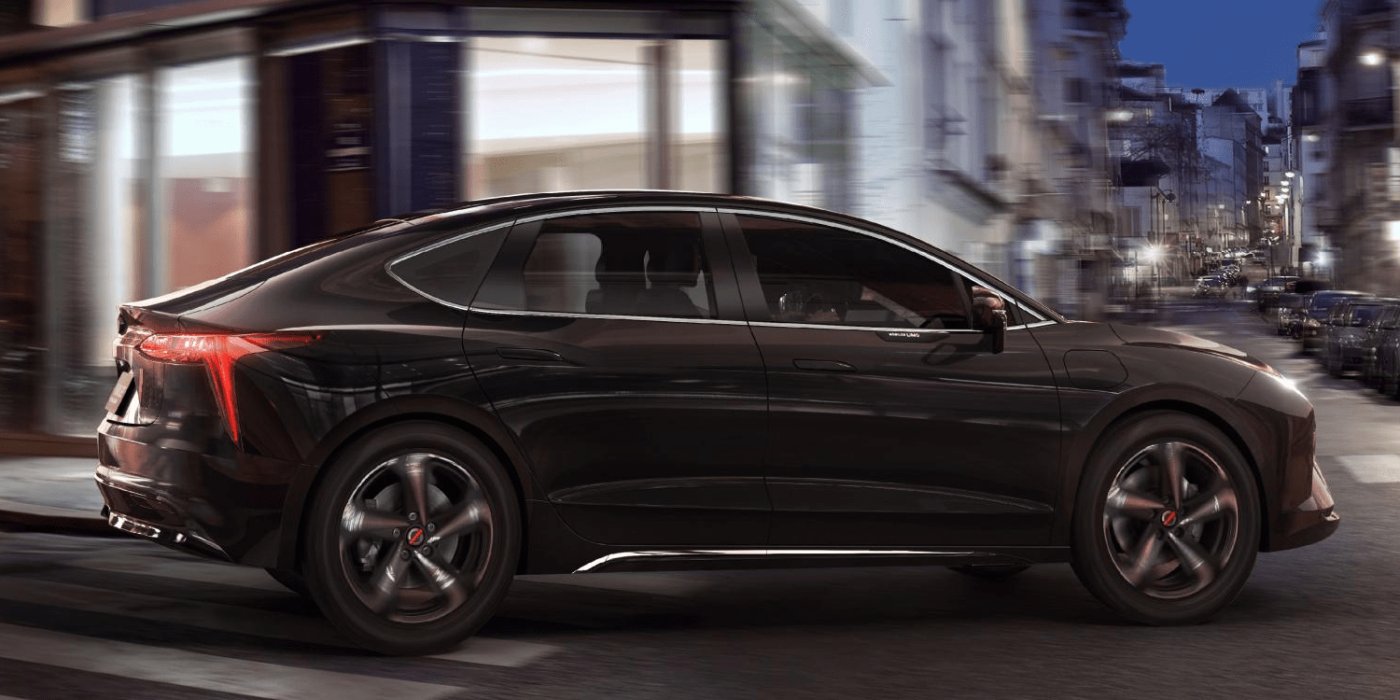
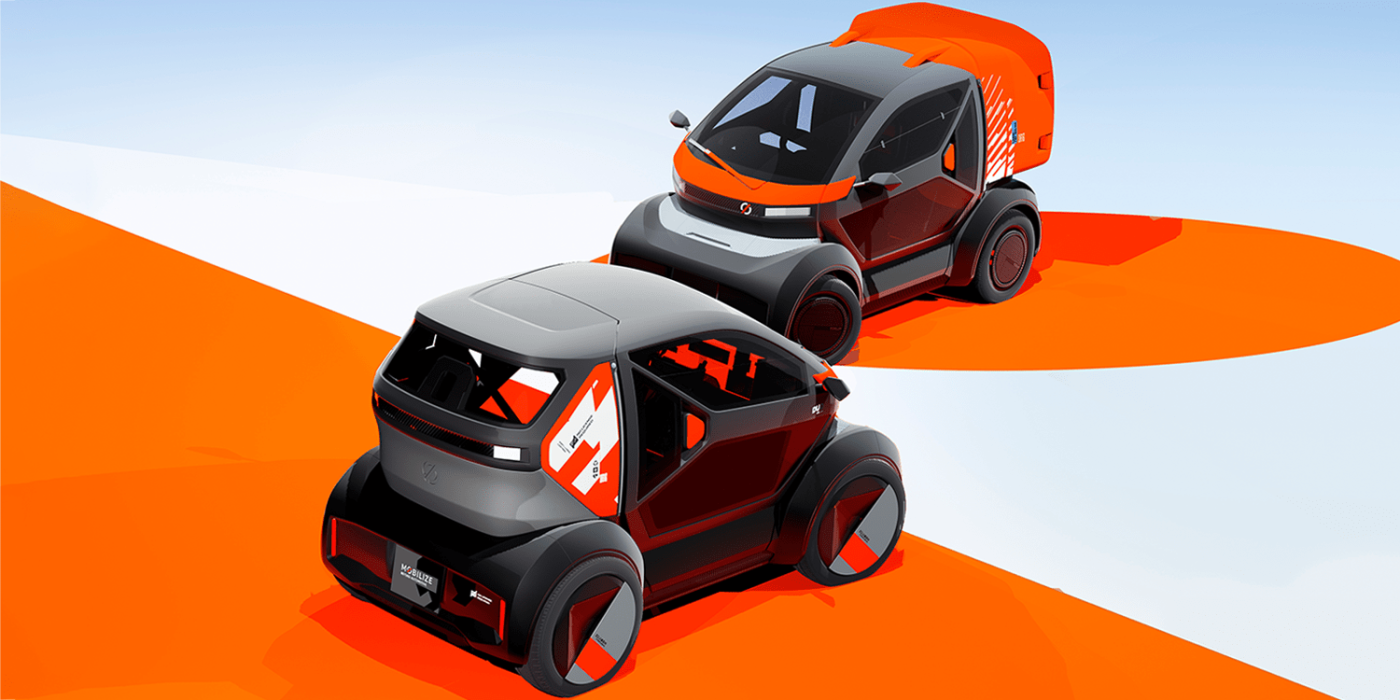
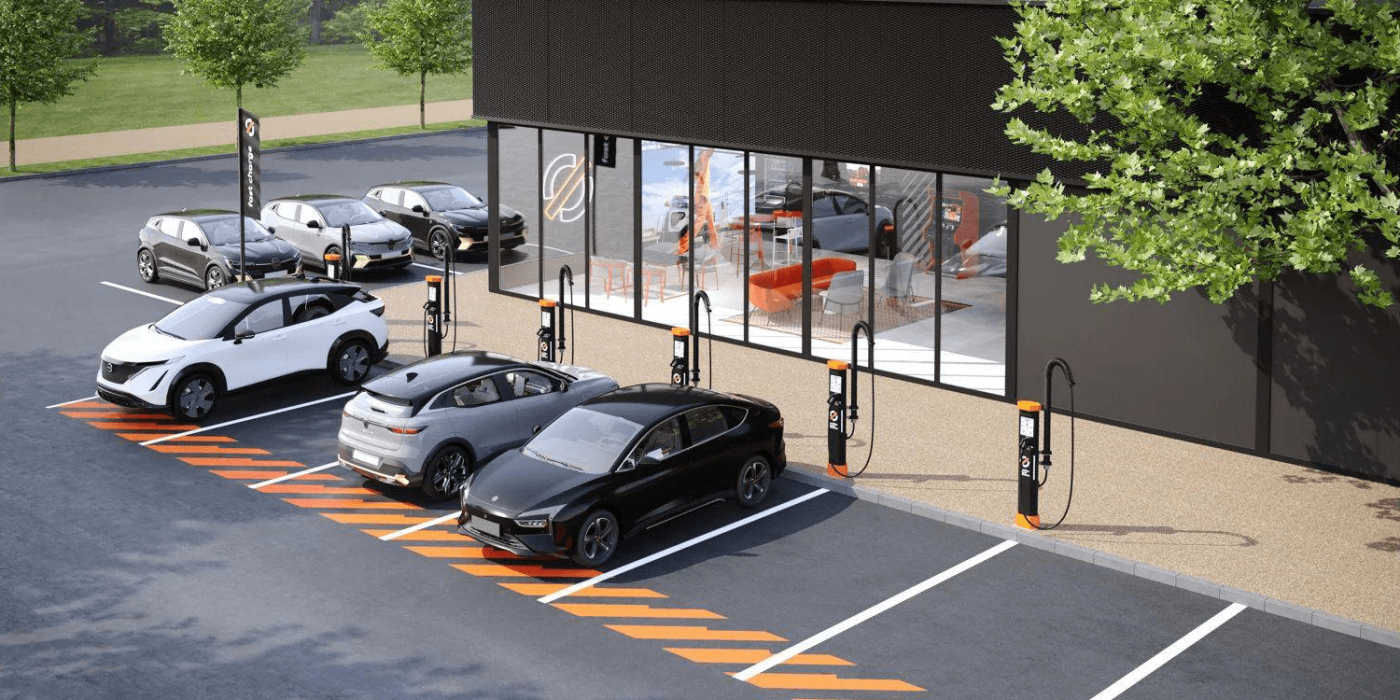
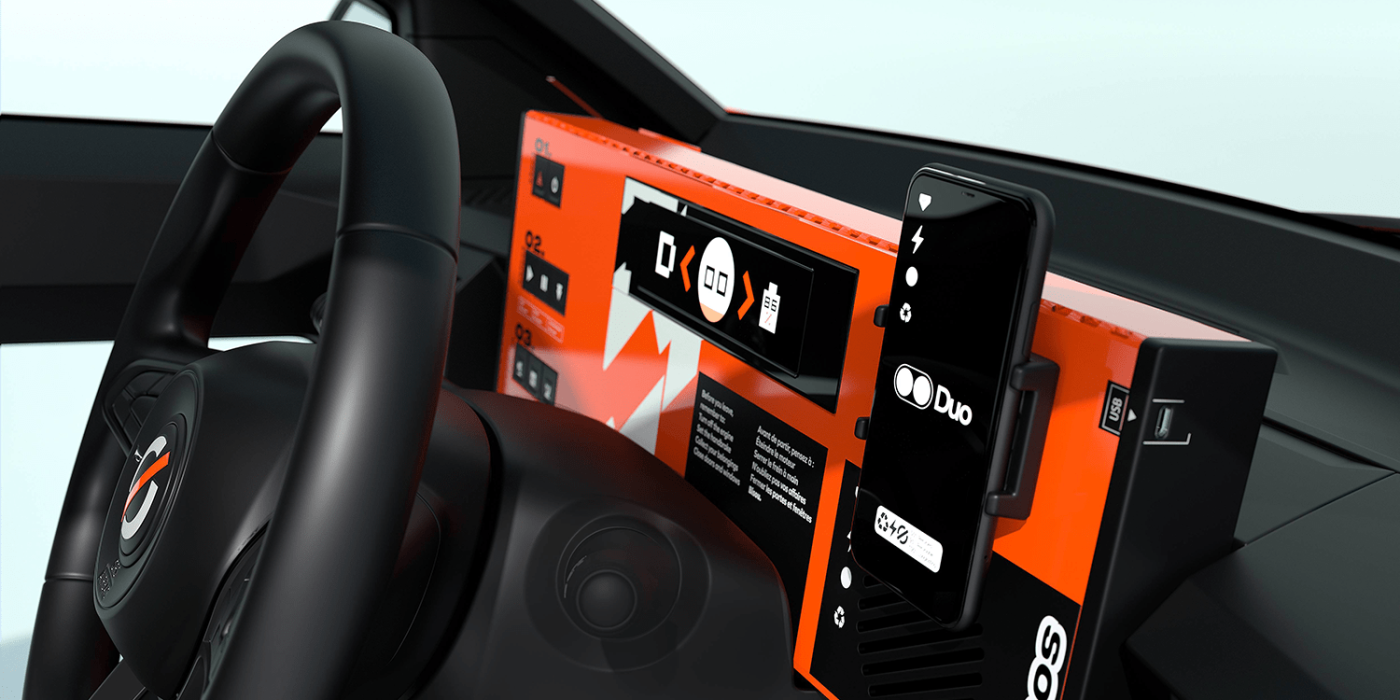
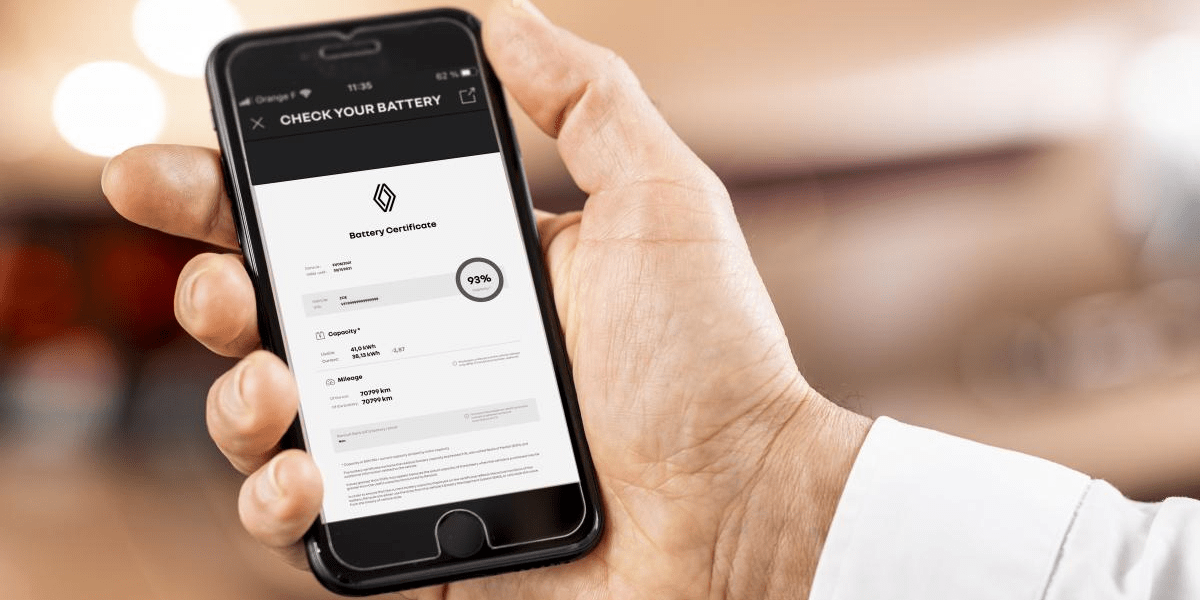
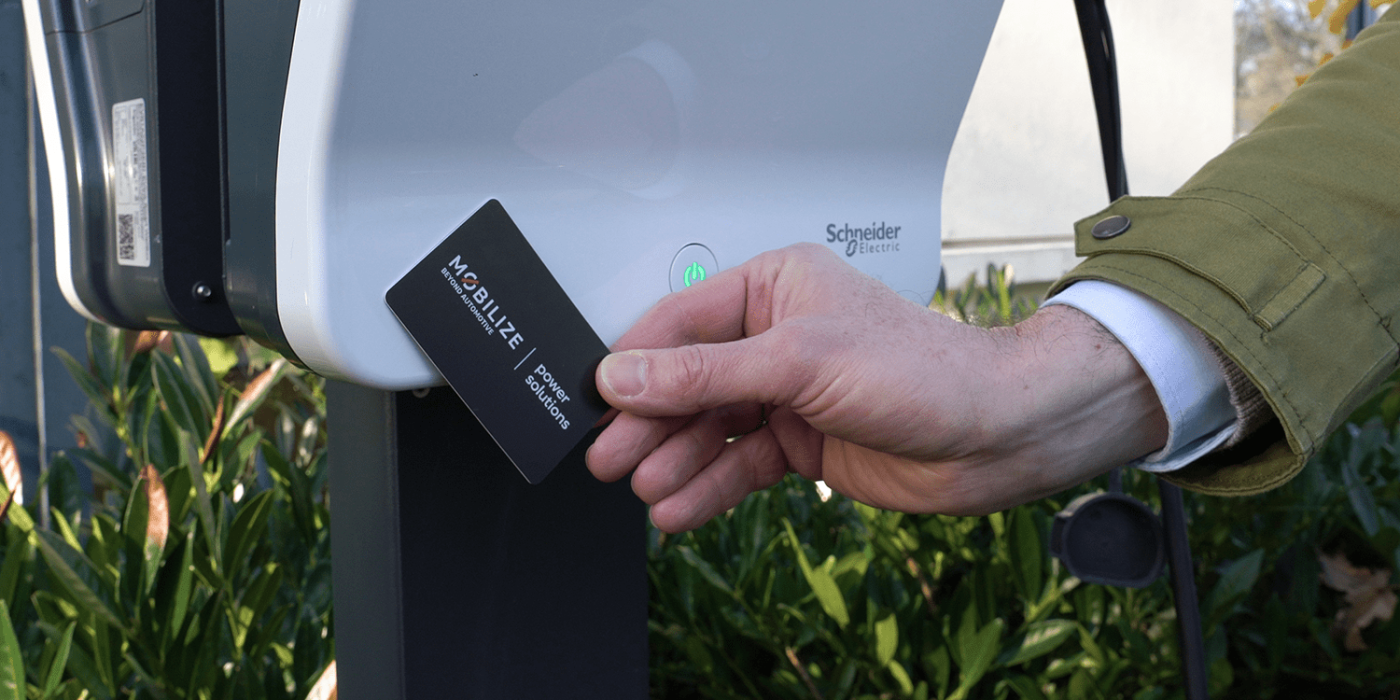
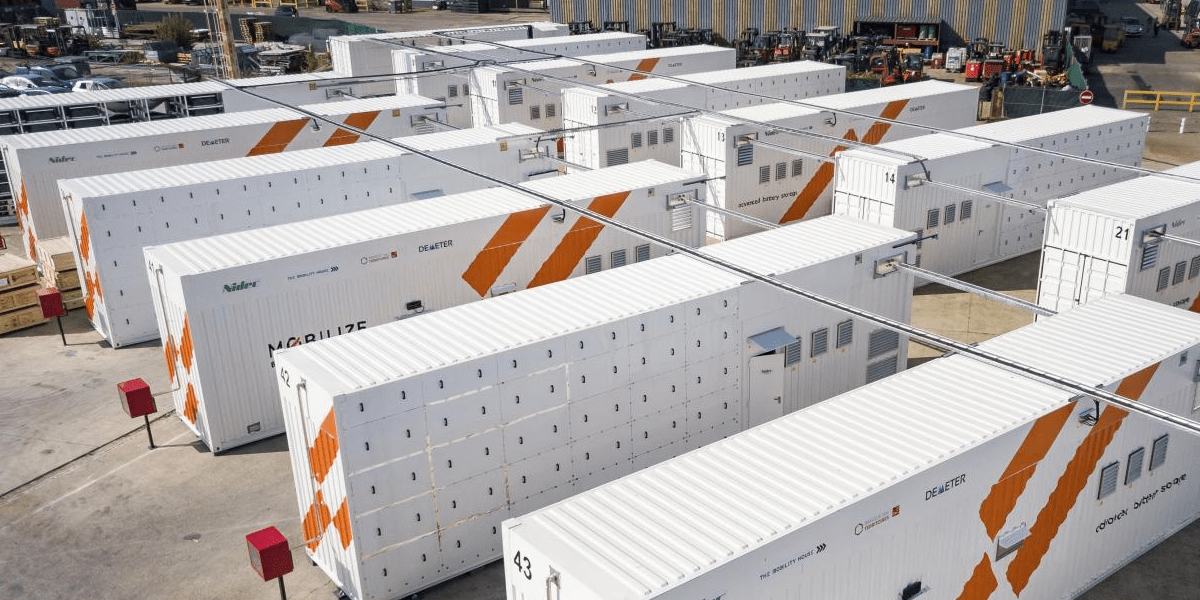
Diversified mobility services and continued revenue by refurbishing vehicles
“In order to become THE leader of this fragmented market, there are a few boxes that we need to check, and these are the strategic choices that we have made at Mobilize. First, there are needs for multiple technology blocks: the tech platform that allows car sharing is not the one that allows ride-hailing or charging, so you have multiple tech bricks that you need to make it work. And that’s why we have taken majority stakes in many start-ups, ventures, that are already owning this type of techno bricks.” Delbos extrapolated that these start-ups make up a workforce of about 500 people. “Out of these 500 people it’s 80 per cent tech engineers, software engineers. When we add these capabilities that we have within mobilize, plus the help of Renault group, then we have access to roughly 600 software engineers to build these tech components.”
At the same time, these software-defined vehicles generate three times as much revenue: “We can refurbish them between lives. By doing so, we will generate three times as much revenue as if we were doing the traditional business model. We have the capability to recondition the vehicles, with what we call our Refactories, what we are doing in Flins, where we send the cars and take them back completely refurbished.”
Second-life batteries and the cooperation with Betteries
This is also where the second life car batteries come in. Mobilize announced in summer last year that it also wants to develop its business with second-life batteries. The mobility brand is partnering with a Berlin-based start-up called ‘betteries AMPS GmbH’. As electrive talked to Delbos in Berlin, she had just that morning met with the second-life battery start-up. The aim of this cooperation is to produce mobile, modular and versatile energy storage systems based on retired electric car batteries. When electrive asked about whether this involves battery-swapping technology, she explained that it does, in fact, involve battery swapping but of second-life batteries for energy storage.
“And so, we are going to be producing a mobile, electric generators with second-hand batteries in Flins, one of the Renault plants in the south of Paris. Indeed, we saw that this morning: You can take one of the modules, you can have three packs max up to around nine kilowatts, and when one model doesn’t work anymore, you can swap and charge it and put it back in.
The multi-purpose energy system developed by the partners consists of one to four 2.3 kWh units called betterPacks, which can thus reach a maximum capacity of 9.2 kWh – which is roughly equivalent to the average daily consumption of a household. This mobile storage unit will be suitable as a transportable power generator for many applications where connection to the power grid is not possible: construction sites, food trucks, solar energy storage, film shoots and events, or even on small electric boats.
“We know that we can use the battery in the car for eight to 10 years, easy. For the first Zoe we launched in 2013, where soon in 2023 they still work. So, you can still keep them provided the quality of the battery was good in the first place, which is the case for Zoe.” After this life, the battery can then be reused in second-life applications before eventually being recycled.
When electrive asked the Mobilize CEO if the collaboration with Betteries and Mobilize was working towards swappable batteries in its vehicles, she revealed that this was also in the works: “They (Betteries) have ideas to also do swappable batteries in small electric cars like a tricycle, like a small electric last mile delivery or food store, et cetera. For the moment, that’s what we’re working on.”
Mobilize HPC charging network in Europe
This topic of mobile or stationary use of second-life batteries is also present when it comes to charging services, since this is the broader ecosystem of the energy business. In terms of this rollout of fast-charging stations in Europe, Mobilize is taking a very differentiated approach. Some countries need more charging opportunities; in others, like Germany, it’s more about accessing existing charging offers. “Today we have a project that runs with 200 charging stations with fast charging,” (with six charging points each). “France, Italy, Spain and Belgium. There are places where we really, really need charging stations, even more than in France. Later we can most probably go in the UK to start with Nissan. Germany, maybe at some point, depending on the exact profile where other partners are because we’re not going alone. We’re going with partners, as Germany is quite equipped already.”
In parallel, Mobilize is cooperating with Ionity for its Mobilize Charge Pass, Delbos explains: “It gives access to 260,000 charging stations throughout Europe, and we announced at the Paris Motor Show that we are partnering with Ionity to offer preferred rates.”
But Mobilize will also be adding charging stations, not just accessing existing ones. “Having access to more than 6,000 dealership sites in Europe, is going to help us providing the right level of services to the users. So, we have access to the land, and we are also looking at providing clean energy to charge the station. So, we build (fast charging) stations, in some cases, it’s going to be with second-life battery, stationary storage.” The next big advantage of the Renault dealership network throughout Europe is: “We offer an experience, not only charging. So, we can be sure that it’s always maintained, that you can have a launch to sit down, take a coffee, go and look at the cars displayed in the dealership. It’s a win-win between the brand, the dealers and us. You see what I mean?”
Vehicle-to-Grid and Vehicle-to-X applications
At charging parks and with stationary storage applications Mobilize has the opportunity to engage in vehicle-to-grid or vehicle-to-x applications to stabilize local grids. Delbos revealed here that: “I am a strong believer of the need of vehicle-to-X. We have achieved some milestones even though in some countries like France, regulation is not helping. In France, you have to pay to get access to the energy and if you want to send it back to the grid, you repay when you get it back again. So, you pay twice, which is stupid, so we need to work with the regulation on that. But I think it is going to come, and it is a necessity when we see a new push since the Ukraine war because we see the impact that it has on energy. My view is that it is absolutely necessary to work on Vehicle-to-X. We’re working together with Nissan on vehicle-to-home, in which I believe a lot. In France and Germany, many people are afraid of having a power cut during the winter. And if you were to have your house in Japan, they already do it because when they have some areas with earthquake, they know they can use the energy from the electric cars. I think it should come in 2024. It should be in two years.”
When asked if Mobilize was going to work with other carmakers for its mobility services, she explained that this might be possible, but of course, only if the vehicles are software-defined. She explained that being a part of the Renault Group gives Mobilize the enormous advantage of being able to produce vehicles for other mobility service providers at scale. “If Amazon calls us tomorrow and says we want 100,000 of this Duo and its little sister Bento, which is a last-mile delivery car, we need to be able to deliver. Being with Renault Group is a clear advantage compared to new players.”
With such a different, very user-centric approach to mobility, electrive asked the Mobilize CEO and Renault Group Deputy CEO if she had any advice for German carmakers. She laughed and diplomatically excused herself, saying she had no idea about the German car industry. But then she paused and said: “Well, I think for German car makers, just like for the Germans, the car is still extremely important. So, as long as you think that the car is the centre of everything, you cannot think differently. Whereas we see ourselves more as a mobility player. And we believe it’s going to work. I don’t think many other OEMs have done that successfully so far.” (However, it looks like General Motors might be thinking of something similar with their re-entry to Europe). “Now some OEMs have the tendency of copying what Renault does. So most probably, they’re going to do the same.”

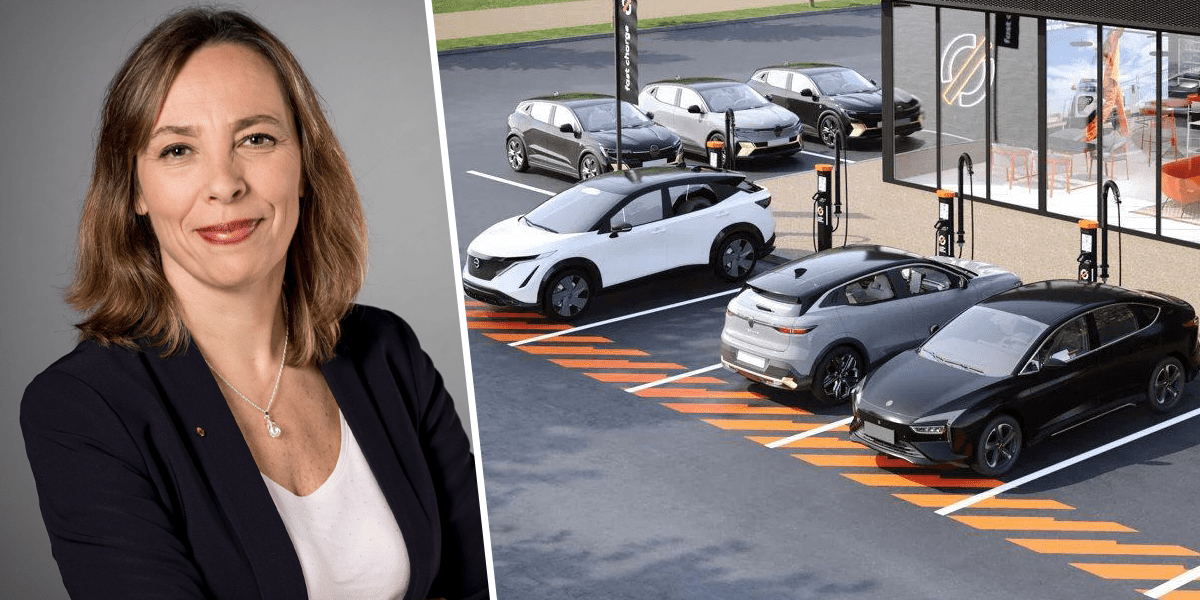



0 Comments